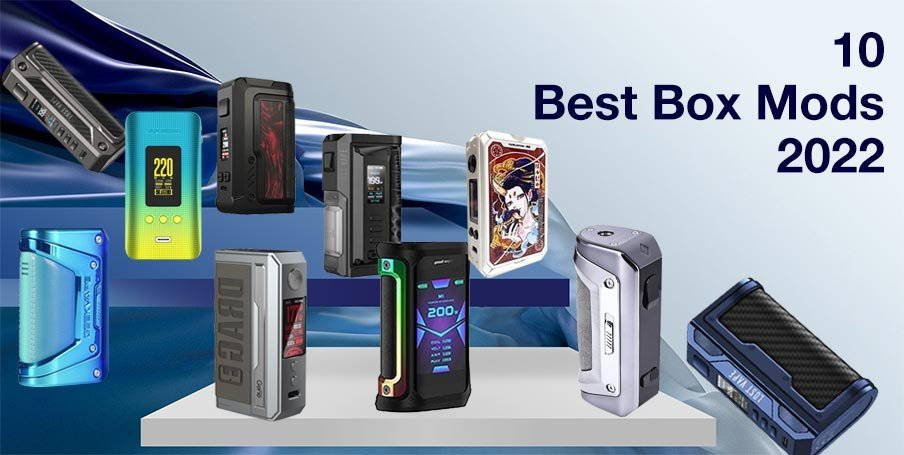
Vaping and E-Cigarettes
If you are a parent of a school-aged child, it is likely that your child has been exposed to youth-targeted vaping ads. Your child is also likely to know someone, even a friend, who vapes. Talk to your child early about vaping and the facts about the harmful chemicals that people breathe in when they vape.
We have seen a recent increase in the use of e-cigarette devices among young people, which is concerning to school personnel, law enforcement, health professionals and parents. E-cig devices are not regulated by the FDA so the chemicals found in the pods of these devices vary. What we do know is that the chemicals we have been able to identify are very harmful to inhale.
What to do if your child is vaping or using an e-cigarette product
Talk to your child about the health concerns connected to using these devices
Ask if they need help in quitting
If they need help, contact your medical professional and ask about having your child use a nicotine withdrawal product
Find support for your child (See the “Resources” list below)
Be supportive and understanding during this time for your child. Withdrawal from nicotine can cause mood swings, headaches and difficulty sleeping
Reach out for supportive services such as therapy
Remember addiction is a disease. Your child didn’t know when they started using this product that they could become addicted.
Chemicals found in e-cig devices:
Some of the 67 chemicals found in e-cigarette devices include Titanium, Lead, Arsenic, Acetone, Formaldehyde, Rubidium, Propylene glycol, Ethylbenzene to name a few. What young people do not realize are that these chemical additives are in nail polish remover, antifreeze, embalming fluid, fireworks, paints and pesticides.
Young people do not feel that they are putting themselves at risk by using these products. They feel these products are much safer then smoking cigarettes. What they don’t realize is this:
A pod for a JUUL device has more nicotine then a pack of cigarettes (41.3 mg of nicotine = 41 cigarettes). Some youth are smoking more than one pod a day.
A Puf bar contains 50 mg of nicotine (50mg = 50 cigarettes)
A Suorin pod contains 90 mg of nicotine (90 mg = 90 cigarettes)
Vaping/E-cigarette/Mods are changing all the time
The pictures below are an example of what the current devices look like in 2022 and how they continue to change in looks and engineering. Youth are just one click away from being able to educate themselves and purchase these devices.
Today’s youth are smoking pure THC from e-cig devices
The other startling information to understand is that youth are smoking pure THC from these devices. The latest research suggests vaping THC butter/oil could be quite harmful to lung health. The greatest concern is the severe effects of inhaling vitamin E acetate. This additive chemical has been found in many vaping products that contain THC.
Let’s also remember that THC butter/oil is 100% THC, compared to marijuana that could be purchased and smoked contains 25% THC. The number one reason young people are entering treatment facilities these days is due to marijuana use.
Vaporizer Pens Hide Marijuana Aroma
What are the risks?
Nicotine use in early adolescence causes changes in the brain that make life-long addiction much more likely for youth who engage in using VUSE, POSH, SMOK, JUUL/e-cig/vape products
Many people incorrectly believe that these devices produce a water vapor. In fact, these devices create an aerosol that contains harmful chemicals, as well as ultra-fine particles that are inhaled into the lungs, which make them harmful to the user and others nearby.
The aerosols produced by the chemical in the “e-juice” enters into the user’s lungs unfiltered and leave chemical residue behind
Nicotine is known to have effects on the cardiovascular system. Some recent studies show that acute use of VUSE, POSH, SMOK, JUUL/e-cigarettes impaired flow-mediated dilation, which suggests that these devices can lead to cardiovascular diseases.
These devices are still relatively new so we do not know what kind of long-term health consequences of their use could cause
Popcorn Lung and other lung diseases are on the increase since young people started using these devices
Use of these devices is also known to impair brain and lung development if used during adolescence
Some substances found in e-cigarette vapor have been linked to an increase risk of cancer
Nearly 200 e-cigarette users have developed severe lung disease in 22 states including Wisconsin
Accidental exposure to liquid from e-cigarettes has caused acute nicotine poisoning in children and adults
Resources
This is Quitting — Text “Quit” to 202-804-9884. This is a story-sharing text support resource for quitting
Smokefreetxt — This is a 6–8 week program for young adults (13–19 years old) where participants receive 3–5 messages per day
quitSTART Mobile app — QuitStart tracks vaping history and gives the user tailored tips, inspiration, and challenges to help them become smoke free.
WI Tobacco Quit Line — 800-Quit Now. This provides telephone coaching for Wisconsin e-cig users who want to quit. Eligible ages are 13 years and older.






